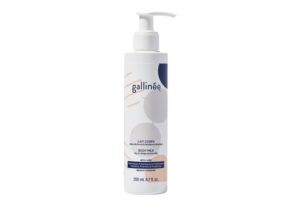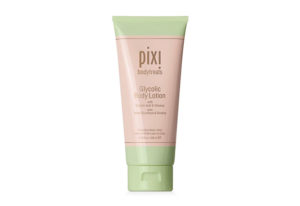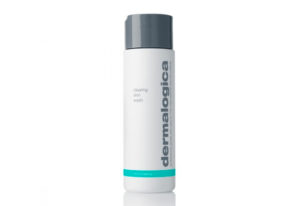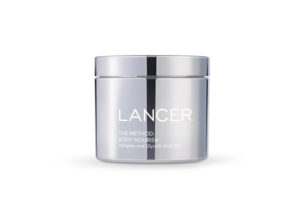As skin conditions go, keratosis pilaris is fairly innocuous. But while it may not have quite the ruthless redness of rosacea or the aggravated itch of eczema, it’s still annoying. Although we’re keen to shun the concept that you must be ‘summer-ready’ in order to freely enjoy warmer weather, if keratosis pilaris forces you to pause before leaving the house in something sleeveless then it’s a problem. After all, feeling uncomfortable in your own skin isn’t exactly conducive to a good summer.
SO WHAT IS IT EXACTLY?
According to Dr Christopher Hensby, skincare expert for CeraVe, keratosis pilaris “is a harmless skin condition caused by a build-up of keratin around hair follicles that causes dry, rough patches and tiny bumps, usually on the upper arms, thighs, cheeks or buttocks.”
But how does a ‘build-up of keratin’ happen? That would be “due to skin cells not exfoliating properly and collecting in the top of the hair follicle,” as cosmetic dermatologist Dr Sam Bunting puts it.
View this post on Instagram
WHY ME?
The misfortune of having such lazy bastards as skin cells can, like many things, be blamed on your parents. “If one of your parents has it, you have a 50 per cent chance of getting it,” says Dr Sam. Not that you’ll be suffering in solitude: “It’s a very common skin problem and I see a lot of it in the clinic. In fact, as many as 40 per cent of the population suffer from it,” she adds.
SHOULD I JUST SCRUB IT OFF?
Absolutely not. “Whilst it’s tempting to try to scrub the roughness away, it responds best to chemical exfoliation using alpha hydroxy acids,” says Dr Sam. Physical exfoliation isn’t just ineffective when it comes to combating keratosis pilaris however, it’s also reckless.
“The keratotic plug associated with keratosis pilaris extends deep into the hair follicle, building up to the surface where bumps appear. Even if possible, scrubbing deeply enough to unclog this build-up would be extremely damaging to the skin,” says Dr Hensby. Not to mention that this is the type of ‘extremely damaging to the skin’ that results in “the enhanced penetration of chemical and biological insults from the environment such as bacteria”—no one wants that.
MAYBE TAN IT OFF?
No! Especially not in the context of using alpha hydroxy acids which are notorious in increasing the skin’s sensitivity to the sun and therefore require an accompanying arsenal of sun protection methods for safe use. Obviously there’s nothing wrong with faking it though: “I usually recommend using a gradual self-tan product to help mask the redness if it’s bothersome,” says Dr Sam.
WHAT SHOULD I DO ABOUT IT THEN?
As previously stated, Dr Sam recommends alpha hydroxy acids to get rid of keratosis pilaris. This would mean applying a moisturiser that features either lactic or glycolic acid (such as Gallinée’s Body Milk and Pixi Glycolic Body Lotion) twice daily. For Dr Hensby, salicylic acid—a beta hydroxy acid that you can find in Dermalogica Clearing Skin Wash—is also useful as it “causes tissue cells to swell, soften and desquamate thereby opening the partially blocked hair follicle orifice and allowing the accumulated contents to be expelled resulting in an improvement of the condition.”
Sounds glorious, doesn’t it?
HOW DO I MAKE SURE IT DOESN’T GET WORSE?
“Cold winter weather can exacerbate keratosis pilaris,” says Dr Sam. “It’s advisable to avoid using overly hot water to shower and to use a soap-free cleanser to avoid depleting skin barrier function even further.” We’d also suggest lower central heating, reduced air conditioning and using a humidifier—or just a sweaty trip to the tropics.
CAN I GO NOW?
Fine then, but remember this: it’s impossible to completely eradicate keratosis pilaris. As Dr Sam says, “it requires ongoing management to maintain control.” Keep fighting the good fight, in other words.
Our picks to combat keratosis pilaris:





Don’t miss out on more skincare tips here.
This article was originally published on BURO London.
| SHARE THE STORY | |
| Explore More |




